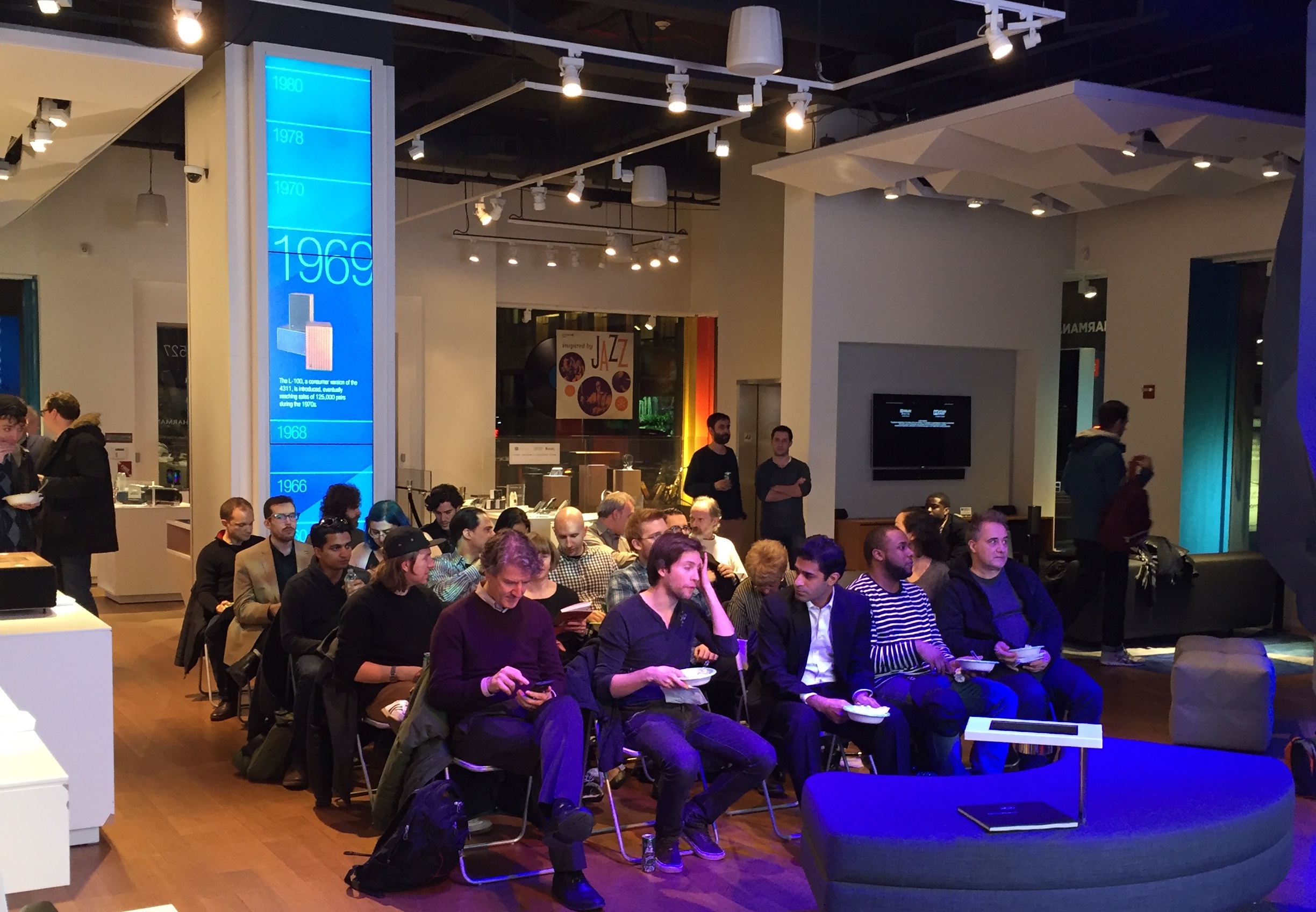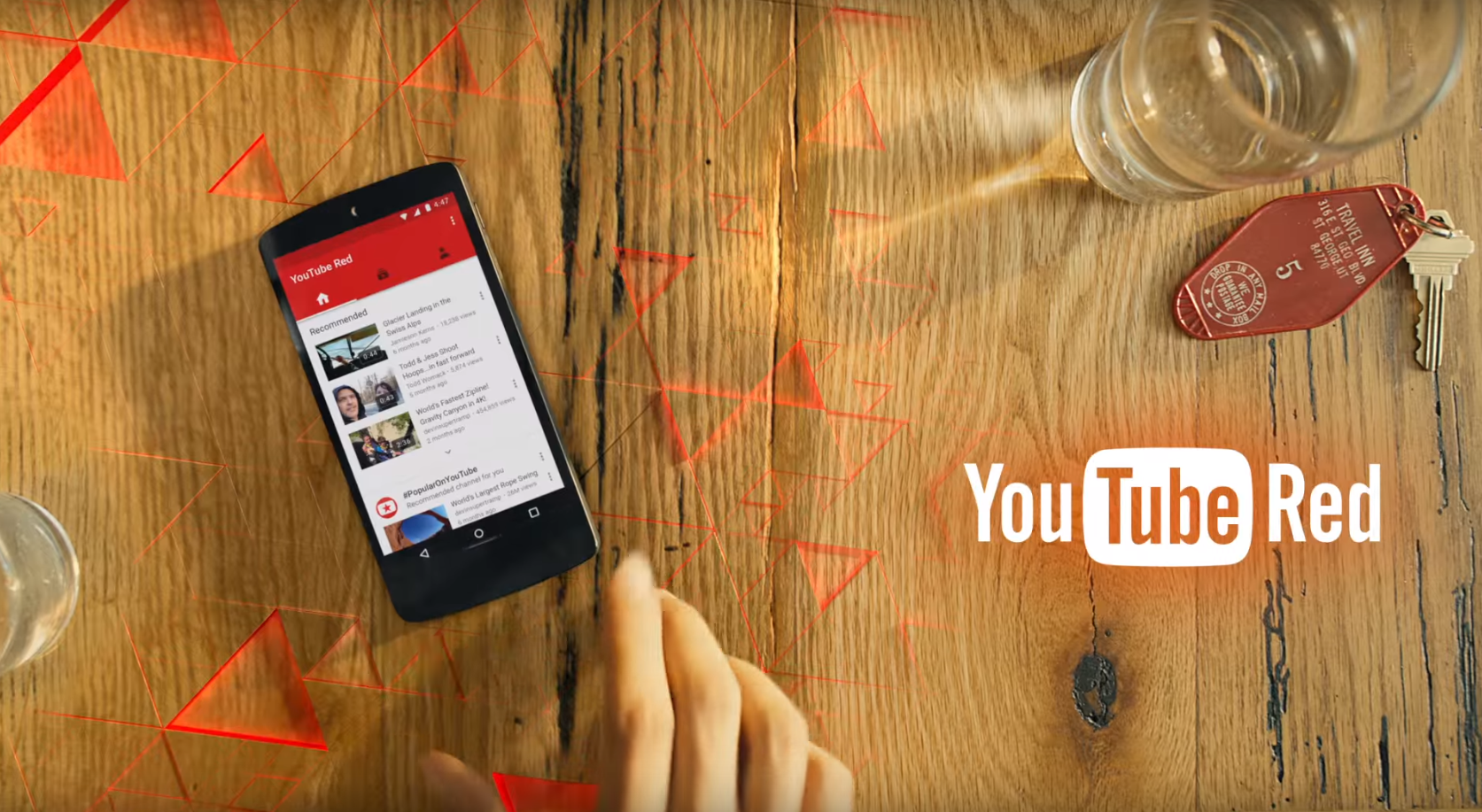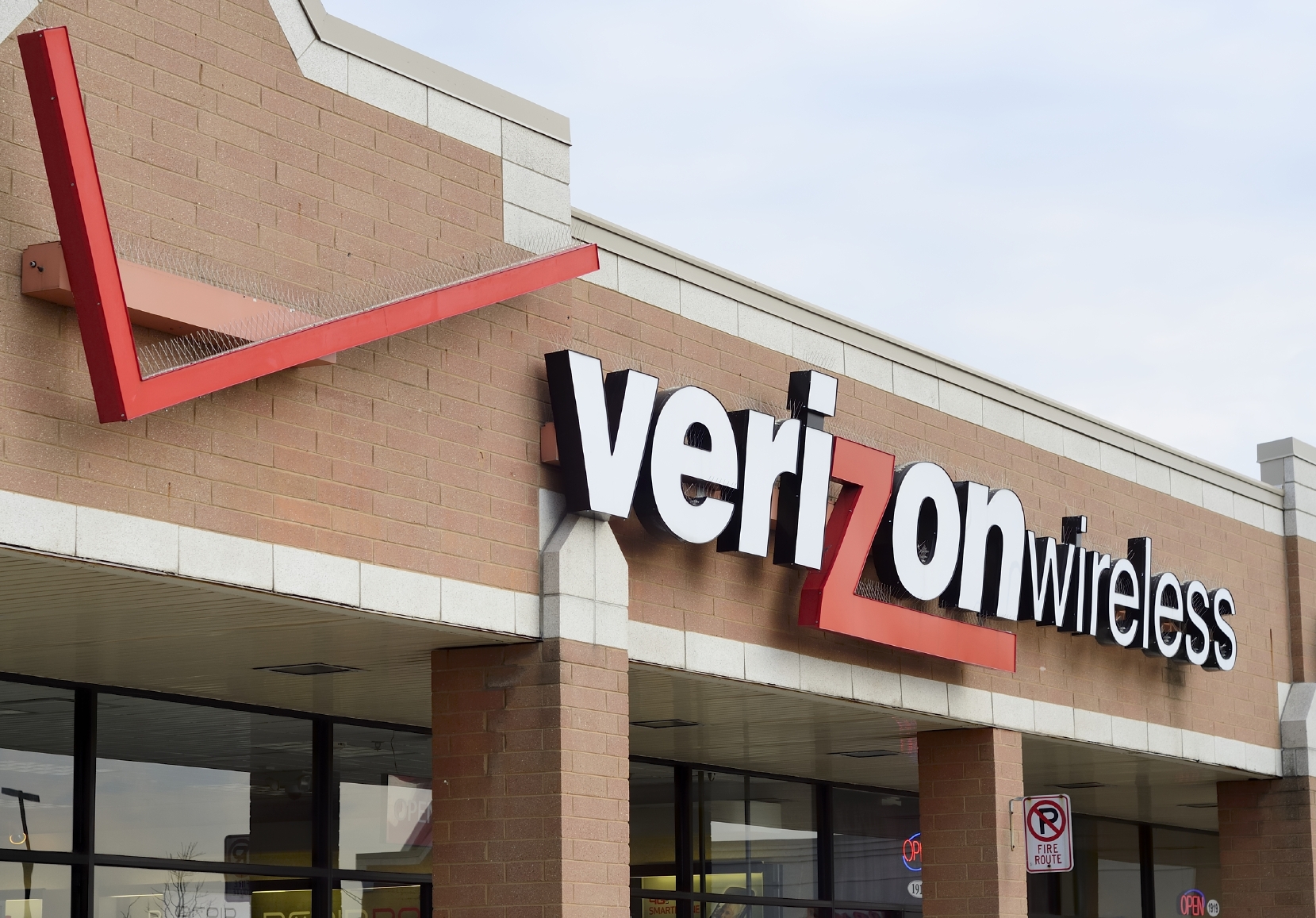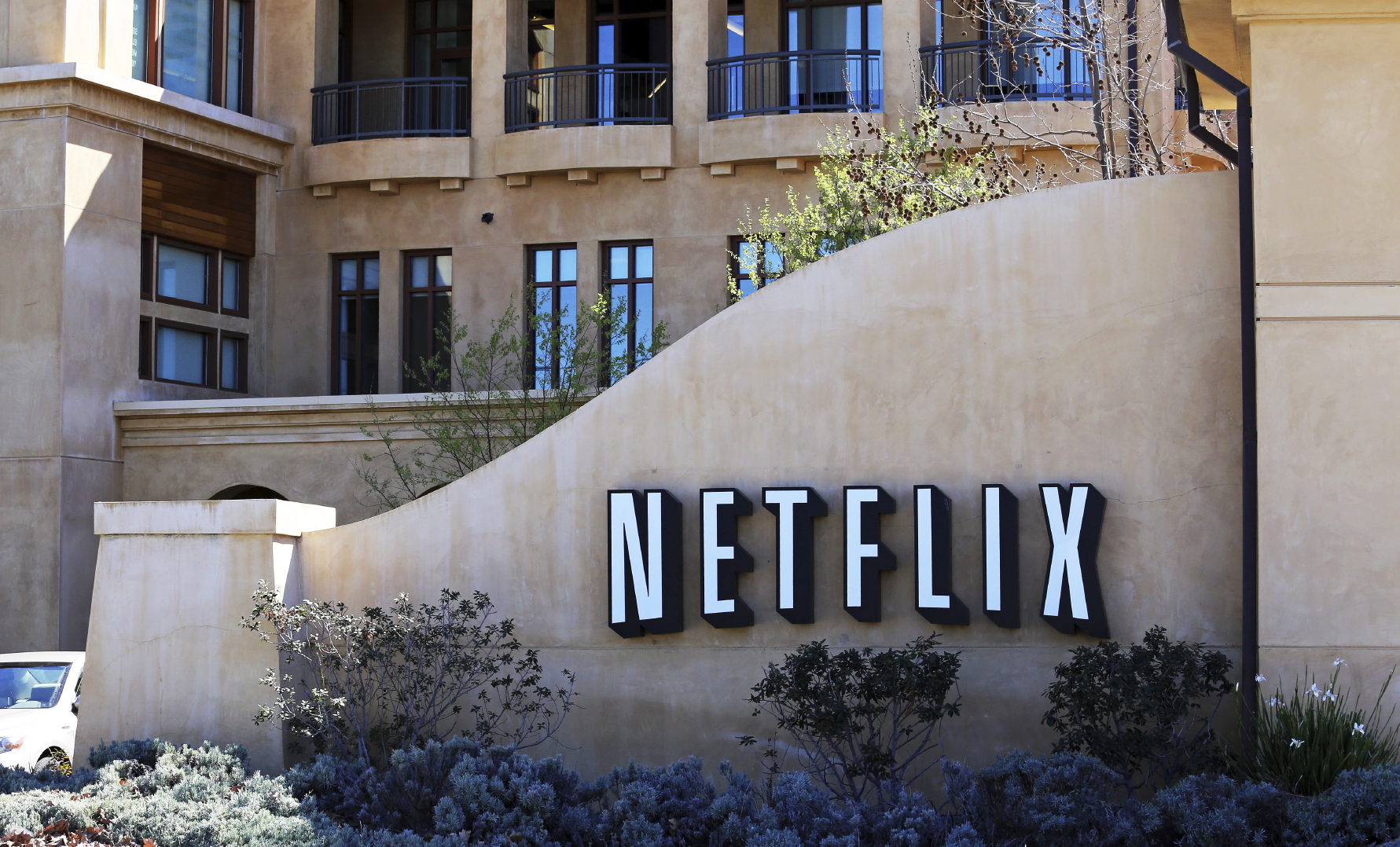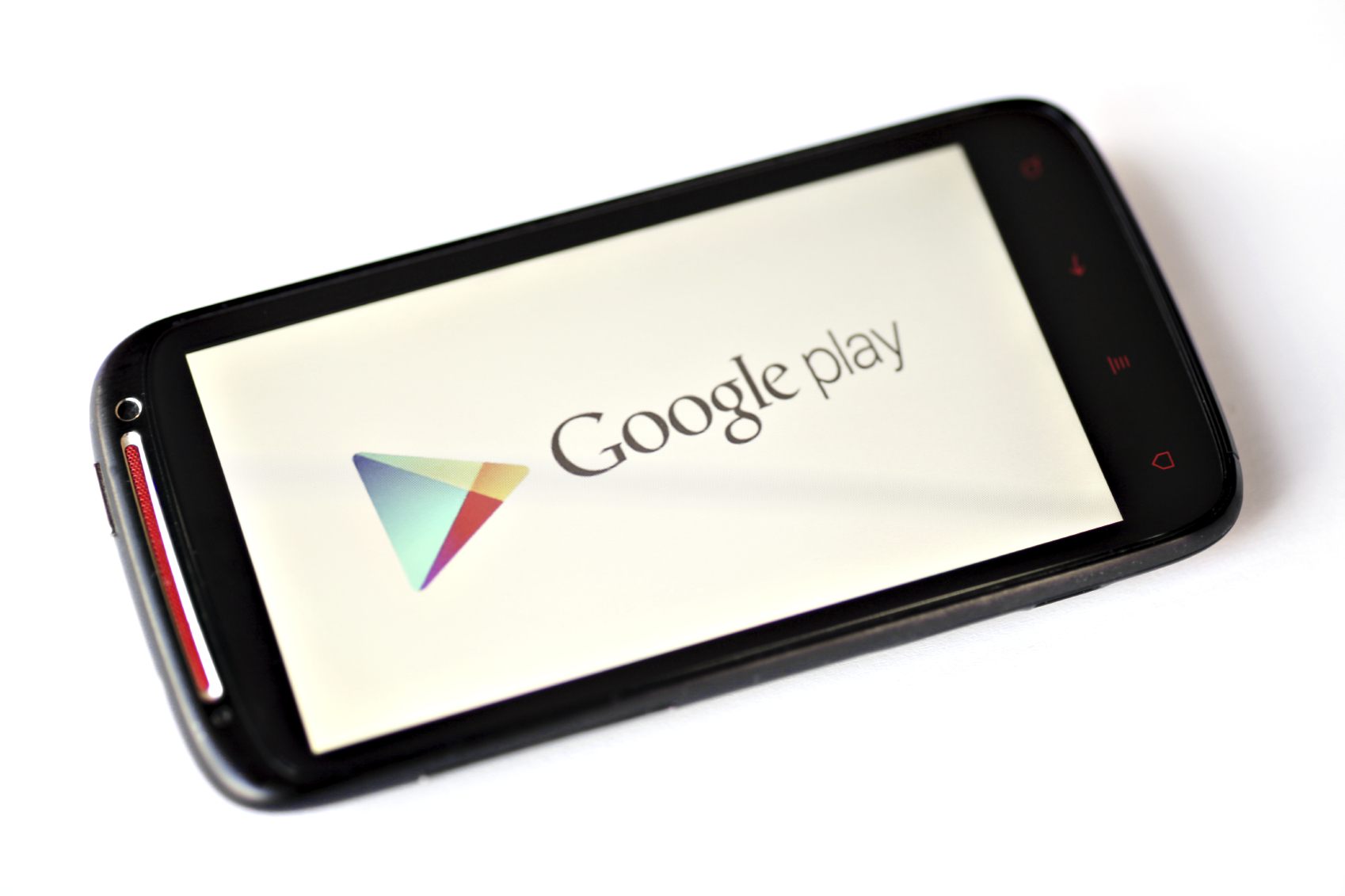What Happened
Hyatt is updating its in-room entertainment choices by offering hotel guests access to a number of OTT streaming services. Partnering with Sonifi, an L.A.-based interactive content and connectivity solutions provider, the global hotel chain will let guests access popular streaming services like Netflix and Hulu for free through the World of Hyatt app and a Chromecast device. Fourteen Hyatt hotels are already equipped with the new streaming capability, and the company says it has plans for a broader rollout.
What Brands Need To Do
This is the latest example of a hospitality brand aiming to modernize their guest experiences with over-the-top streaming services. Previous examples include JetBlue Airlines, which has been providing its passengers with free Amazon Prime Video streaming for in-flight entertainment since late 2015.
While Hyatt is appealable for recognizing the growing popularity of streaming services and shifting viewer behaviors, it fails just short of providing a truly personalized experience for the guests. According to the press release, there is no need for the guests to enter a code or personal credentials on the TV to access the streaming services, which eliminates the hassle of signing in and preempts any privacy concern guests may have.
Source: Sonifi (press release)


